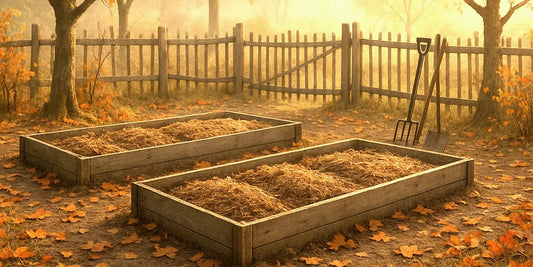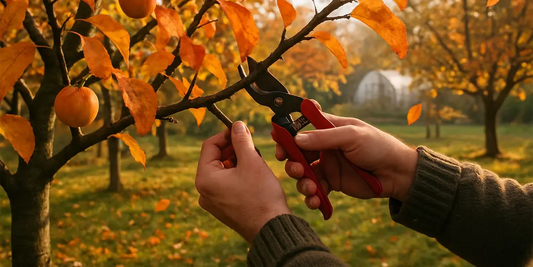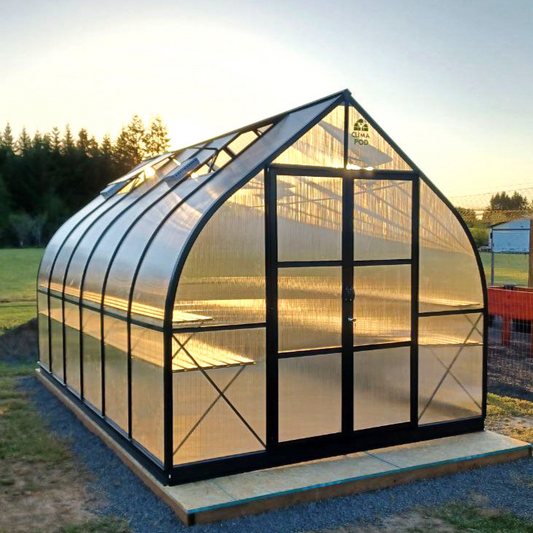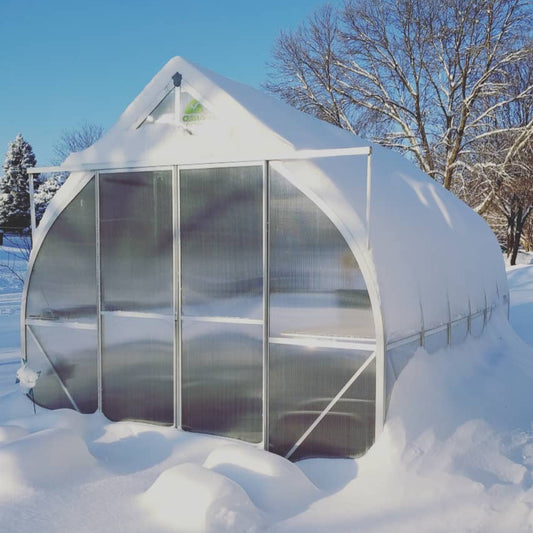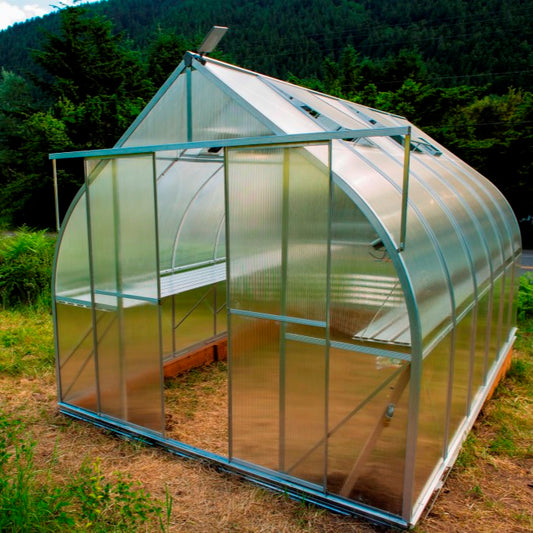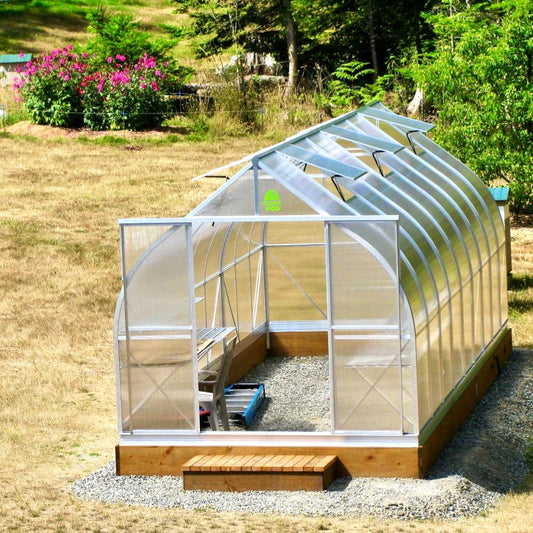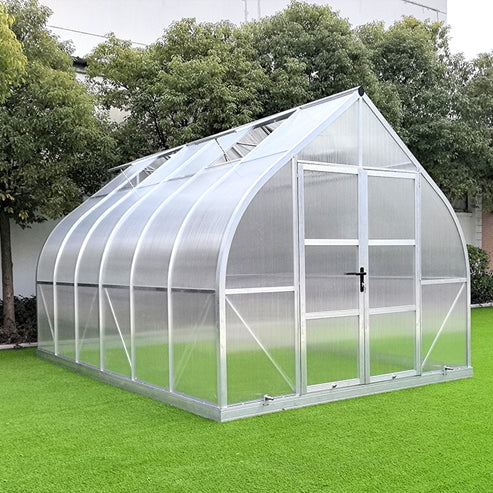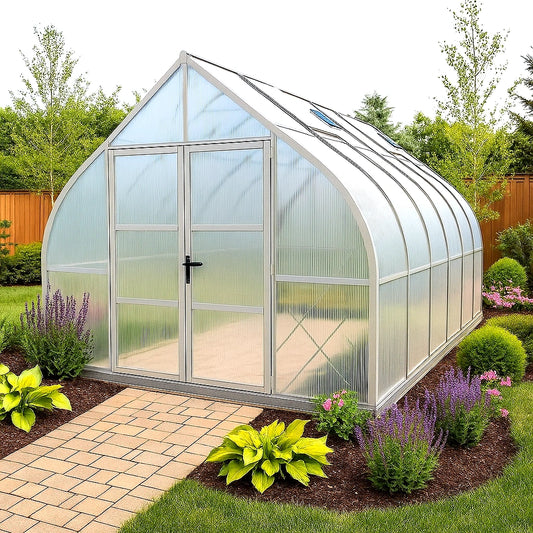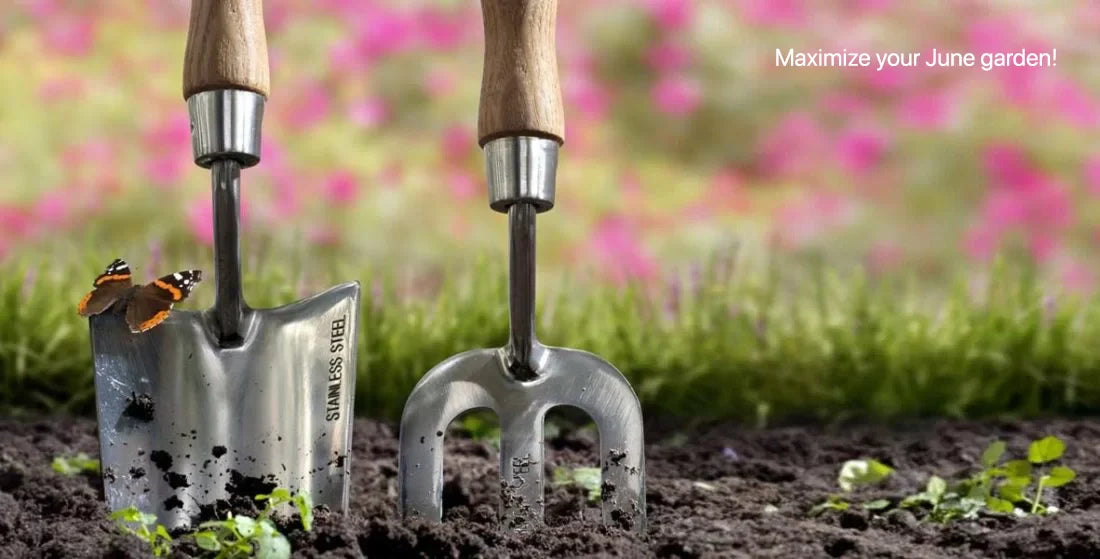
June Garden Checklist: Essential Tasks for a Thriving Summer Harvest
June Garden Tips
Summer is the season for active gardening. To help you make the most of it, we’ve put together a list of essential garden tasks for June to support a productive and healthy harvest.
Pruning Ornamental Trees and Shrubs

Prune ornamental trees and shrubs right after they finish blooming. Timely pruning encourages new growth and helps maintain the plant’s shape and health.
Pruning Fruit Trees and Shrubs

For fruit trees and shrubs trained on trellises or supports, prune after fruit sets to improve air circulation and light exposure, which supports better fruit development.
Fertilizing Fruit Plants
In early June, feed all fruit-bearing trees and shrubs with potassium-rich fertilizers to boost fruit formation and ripening.
Flower Care

Pinch off side buds to produce larger, showier blooms—or remove central buds to encourage multiple smaller flowers (for varieties like spray roses). Also, trim off faded leaves and spent flowers to promote healthy growth and continuous blooming.
Planting Flowers
Now’s the time to plant heat-loving annuals and perennial seedlings directly into garden beds, once the soil has warmed up sufficiently.
Fertilizing Flowers
Feed flowering plants with balanced flower-specific fertilizers or organic compost in early June to support healthy blooms throughout the season.
Flower Garden Pest Control
June often brings an influx of aphids and caterpillars. Regular inspection and early treatment are key. Remove pests manually or apply eco-friendly treatments. Also deadhead spent flowers and trim dried seed heads to keep your flower garden tidy and productive.
Caring for Spring Bulbs
Spring-flowering bulbs like tulips and hyacinths begin to go dormant in June. Once their leaves turn yellow, you can dig them up and dry them in a well-ventilated area. Bulbs like daffodils and crocuses don’t need to be dug up every year but should be divided if the clumps become overcrowded.
Dividing and Propagating Perennials
June is a good time to divide and replant perennials such as irises, tulips, and daffodils. You can also root softwood (green) cuttings from shrubs. Try air layering to propagate woody plants like hydrangeas or lilacs.
Trellising Climbing Plants

Install trellises for climbing plants like clematis, sweet peas, and beans. Secure the growing vines to supports. Tall, heavy plants like peonies may also need staking. Many crops—like tomatoes, cucumbers, peas, and pole beans—benefit from being tied to supports as well.
Transplanting Warm-Season Crops
Once all danger of frost has passed, you can safely transplant heat-loving crops such as:
- Tomatoes
- Eggplants
- Peppers
- Zucchini
- Cucumbers
- Watermelons
- Melons
- Pumpkins
- Late-season cabbage
Sowing Seeds for Storage Crops
Now is the time to sow beets, storage carrots, and winter radish varieties intended for fall harvest and long-term storage.
Pinching Off Tomato Suckers

Remove suckers (the small shoots between the main stem and branches) from greenhouse or indeterminate tomato varieties to direct energy into fruit production and reduce overcrowding.
Cucumber Care
Cucumbers have shallow roots that dry out quickly. Water regularly and mulch with grass clippings, straw, or sawdust to retain moisture. Loosen the soil gently to allow air to reach the roots.
During cool or rainy weather, cucumber pollen may become sterile. To improve pollination, cover the beds with plastic at night and open during the day to allow access to pollinators.
Succession Sowing for Greens
Sow leafy greens like lettuce, dill, parsley, and basil every 2–3 weeks for a continuous harvest all summer long.
Garlic and Onion Maintenance
In early June, hill up the soil around onions and garlic to encourage bulb development. As garlic begins to bolt (produce flower stalks), snap off the scapes to direct energy back into the bulb.
Fertilizing Vegetable Crops
As fruits start to develop, support your crops with appropriate nutrients:
- Leafy greens: nitrogen-rich fertilizer
- Root vegetables: phosphorus-based fertilizer
- Fruiting vegetables: potassium-rich fertilizer
Harvesting
By mid-to-late June, you’ll begin harvesting early crops like leafy greens, radishes, chard, and asparagus. Pick produce as it ripens for the best flavor and to encourage continued production. Don’t wait too long—overripe vegetables can stress the plant and reduce future yields.
Managing Pests and Diseases
Inspect your garden regularly for signs of pests or diseases. Remove infected plant parts and destroy them. If needed, use targeted organic treatments. Avoid broad-spectrum chemicals that can harm beneficial insects and the environment.
Want to increase yields and extend your growing season? Explore our greenhouse kits — designed for serious gardeners.


